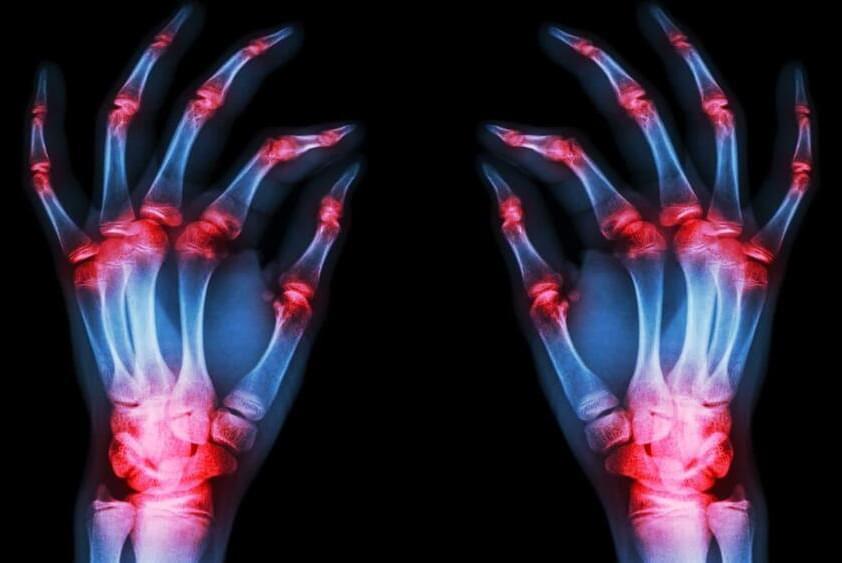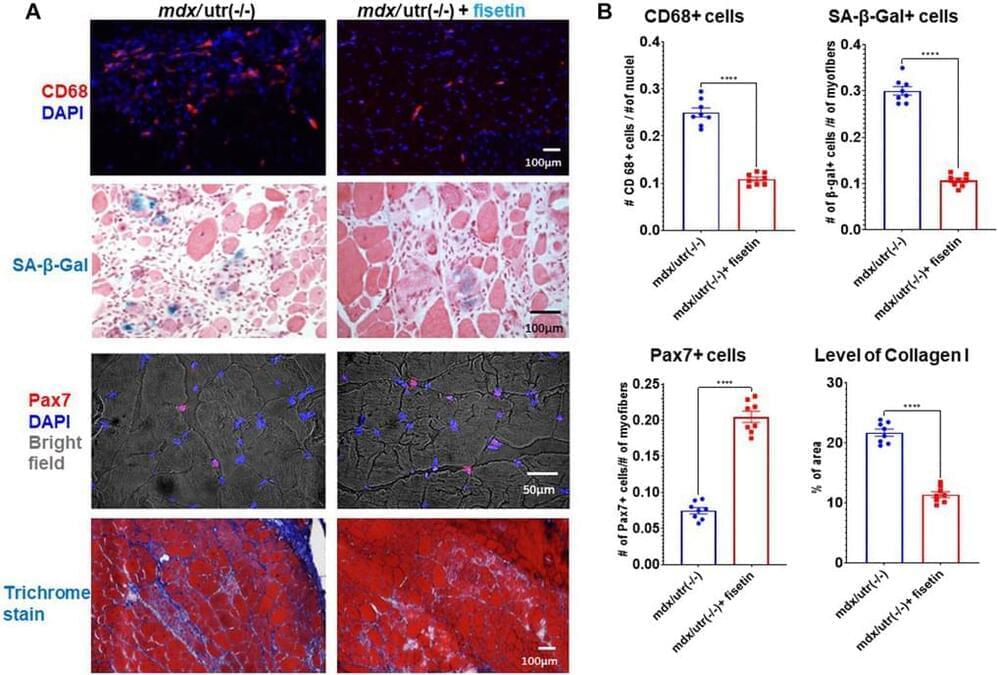Alcohol Fermentation or ethanol fermentation is a biological method wherein the sugar gets transformed into carbon dioxide and alcohol.
This Video Explains Alcoholic Fermentation.
Ethanol fermentation, also called alcoholic fermentation, is a biological process which converts sugars such as glucose into cellular energy under anaerobic conditions and producing ethanol and carbon dioxide as by-products.
Thank You For Watching.
Please Like And Subscribe to Our Channel: https://www.youtube.com/EasyPeasyLearning.
Like Our Facebook Page: https://www.facebook.com/learningeasypeasy/
Join Our Facebook Group: https://www.facebook.com/groups/460057834950033
Support Our Channel: https://www.patreon.com/supereasypeasy




